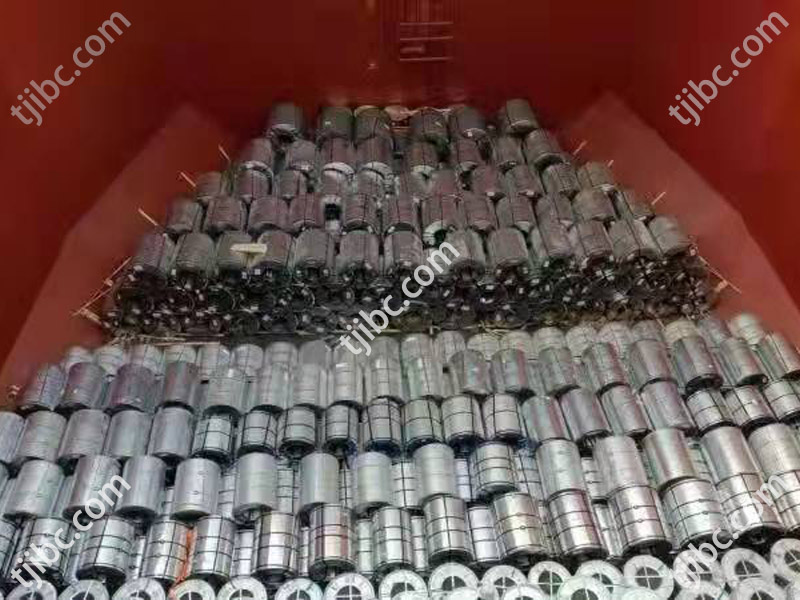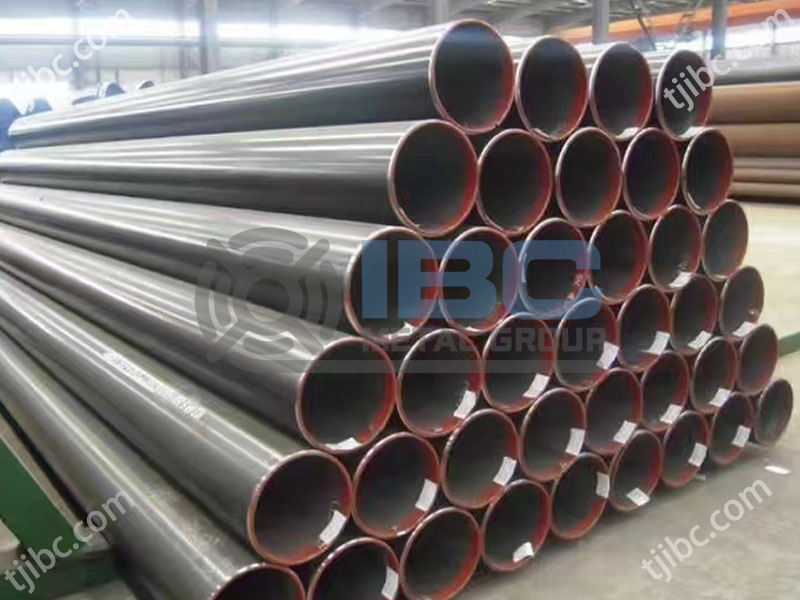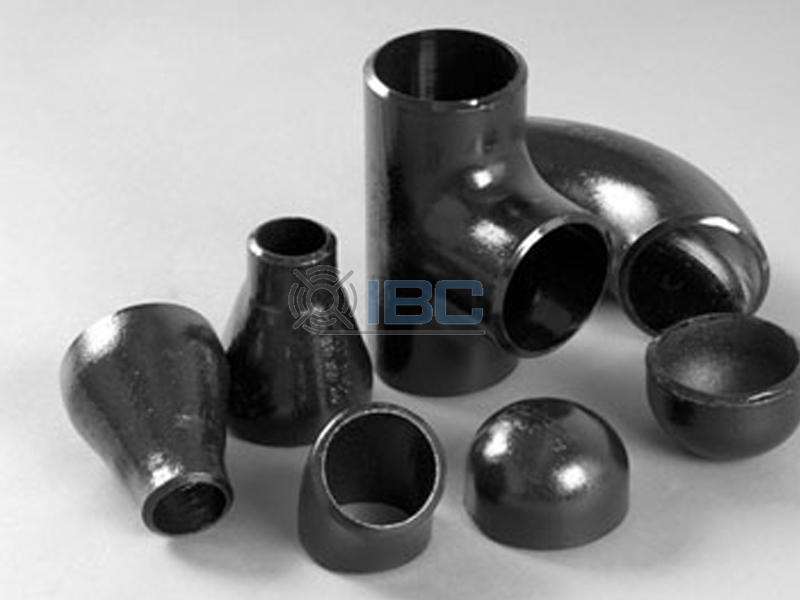Flange operation
Preparing:
Check whether the product specifications, materials, pressure levels, etc., match.
Clean the surface of the flange to ensure that there is no oil, rust and other impurities.
Align:
Workers place the two products face to face where they need to be connected, making sure the gap between the two is as small as possible.
Use dowel pins or other tools to make sure they line up where the bolt holes are.
Mounting bolts and nuts:
Push the bolt through the bolt hole and install the nut on the other side.
Ensure that bolts and nuts are of the same specification and grade. And that the material is compatible with other parts.
Secure:
Use a wrench, bolt wrench, or other appropriate tool to tighten bolts and nuts.
In general, the bolts need to be tightened one by one in a cross-tightening sequence to ensure that the connection is evenly stressed.
Depending on the specific engineering requirements, it may be necessary to use a torque wrench to ensure that each bolt reaches the predetermined tightening torque.
Check:
After the connection is completed, workers should carefully check whether the bolts are tight and there is no leakage between the components.
If necessary, the factory may perform pressure tests or other tests to verify the tightness and reliability of such connections.
Maintenance and replacement:
In the process of use, regularly check the condition of the connection, if there is damage or leakage, should be timely maintenance and replacement.
When disassembling, workers should operate in the opposite order to the installation. This ensures that the connected parts are intact during disassembly.
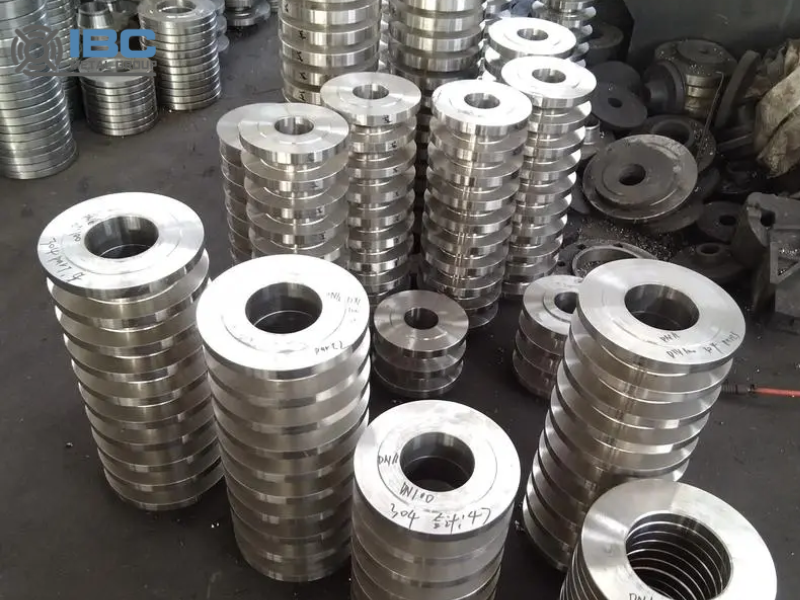
Applications of Flange
1. Pipeline connection field:
Application background: In industrial production and people’s livelihood, various means of transport in petroleum, chemical, electric power, metallurgy, pharmaceutical, food and other industries are inseparable from pipeline transportation. The quality and reliability of flange connections directly affect the entire conveying system.
Application operation: Select the appropriate product type according to the size, pressure, medium and other parameters of the pipeline. When connecting, first ensure that the parallelism of the two products and the sealing surface are clean and free of impurities, and then tighten with bolts.
2. Mechanical equipment connection field:
Application background: In machine tools, engines, compressors and other mechanical equipment, it can connect different parts to achieve the linkage and cooperation of mechanical equipment.
Application operation: Select the right product according to the specifications and requirements of the mechanical equipment. When connecting, the worker should ensure that the interface matches. Tighten with appropriate bolts and gaskets. It is also needed for connection or disconnection during disassembly and maintenance.
3. Shipbuilding field:
Application background: Ships sailing in the water, the impact of the environment and surge is relatively large, so it is necessary to ensure the strong and sealed connection parts.
Application operation: In the process of ship construction and maintenance, workers need to choose the right pipe fittings according to the structure and connection requirements of the ship. When connecting, workers should pay special attention to sealing and corrosion resistance. This ensures the safe operation of the ship.
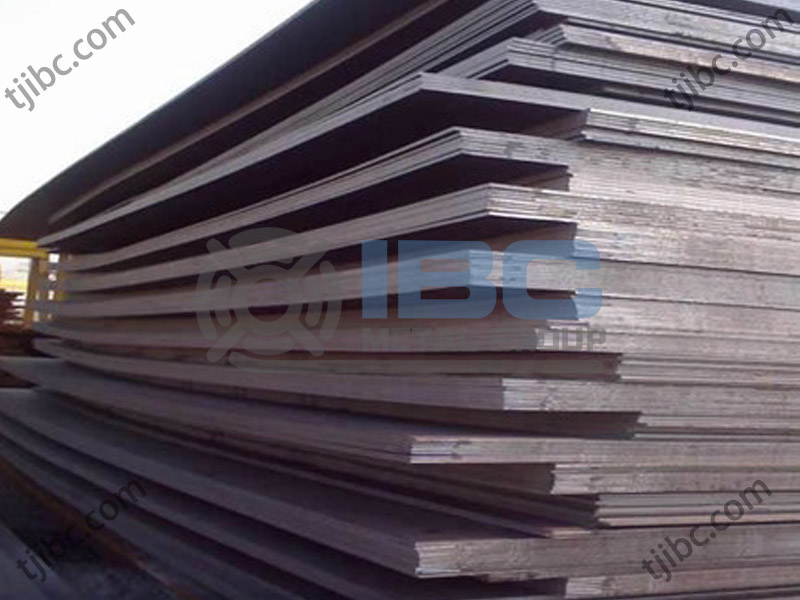
Contact with us today!

